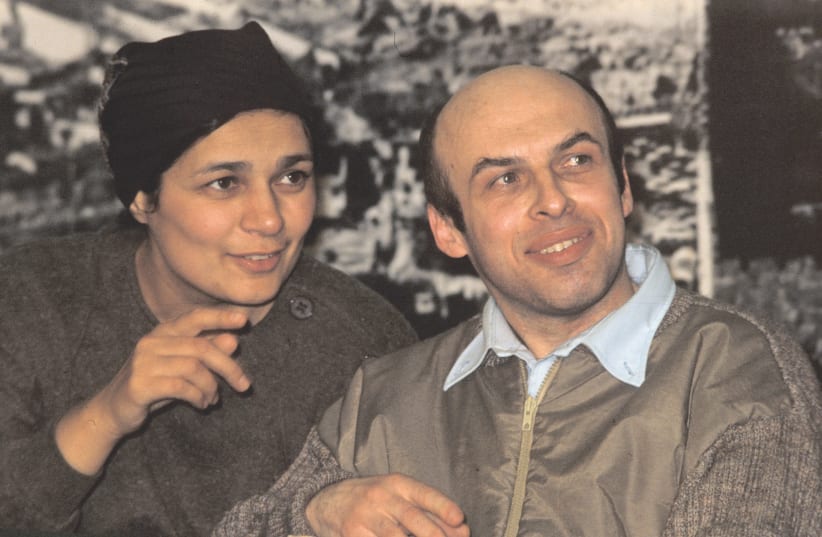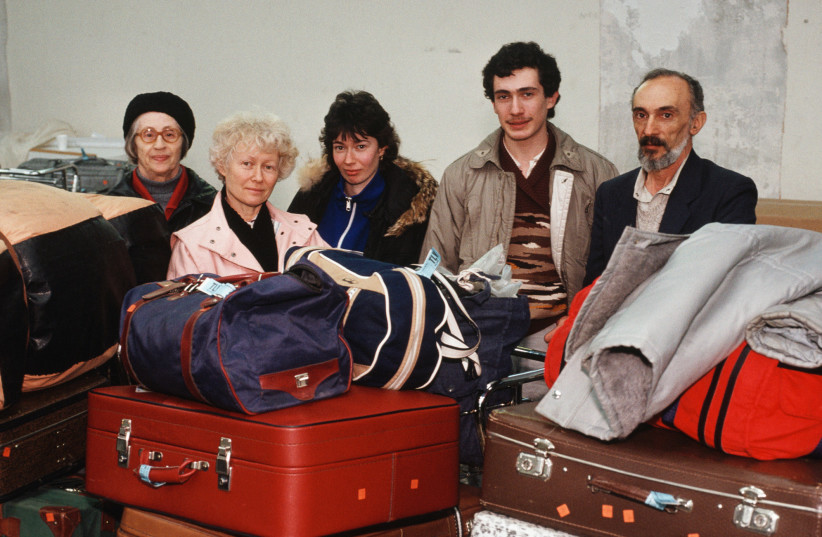Imperiled American Jews recognize by now the elements of the antisemitic cohort arrayed against them: Black nationalists, white nationalists, Muslim revanchists and progressive Democrats.
Jewish survivalists, rather than limiting their attacks to the usual suspects noted above, attribute the growth of anti-Semitism to a new enemy, an enemy within, the tired, legacy Jewish establishment. By establishment, think alphabet organizations such as ADL (Anti-Defamation League), AJC (American Jewish Committee), Jewish community federations, the Presidents Conference of Major Jewish Organizations and the principal non-Orthodox rabbinic groups.
Such Jewish self-criticism was most recently manifested at a Jerusalem book launch for Betrayal by Charles Jacobs and Avi Goldwasser, where speakers attacked this establishment for being out to lunch on their critical responsibility of protecting American Jews from antisemitic enemies. This Begin Center event stressed that the Jewish establishment wants to be regarded as nice guys dismissive of offenses to Jews, as identity politics and charges of alleged victimization of other ethnic groups mount.
Listening in the audience to this establishment-bashing, induced in me a feeling of deja vu extending back two generations to criticism of this very same establishment for failing to mobilize in advocacy for the Soviet Jewry emigration movement. True, this establishment deserves some slack, for being unprepared for the challenge of confronting the Kremlin leadership, among the great tyrannies in history. But the establishment’s failure was more conceptual and tactical rather than implementational.
This establishment failed to see that both the era of media confrontation and street protests had arrived. As such, the establishment relied on well-worn efforts to rescue Soviet Jews: behind-the-scenes advocacy, joint efforts with other respectable non-Jewish NGOs, quiet diplomacy, pallid press releases, in one way or another using respectful representations from court Jews, shtadlanus, to the rulers that be. In short, the Jewish establishment was leading from behind, instead of commandingly taking the fight to the Soviet enemy, thus making it easy for the Kremlin to act dismissively.
A change in dynamic for Soviet Jewry
WHAT CHANGED the dynamic for Soviet Jewry, despite the establishment’s listlessness, was the founding in 1964 of the Student Struggle for Soviet Jewry (SSSJ) by Jacob Birnbaum (1926-2014) a charismatic Englishman, and Glenn Richter, the operational director who dropped out of NYU Law School to draw attention to the Soviet Jewish plight.
In using public protests and street demonstrations to attract notice, they changed Jewish history. More than any other figures, these two unglamorous men were responsible for the exodus of one million Soviet Jews to Israel.
Both Birnbaum and Richter embraced this new mid-century political player, the campus denizen (see anti-Vietnam War activity). Furthermore, young Jews had two factors motivating them: Holocaust guilt and from 1967, post-Six Day War pride. Rather than relying on the printed word or back-room lobbying, the SSSJ took to the streets in the form of vigils, demonstrations, marches or picketing of Soviet positions in America.
Reflecting the brains and energy behind the SSSJ moves was its 14-member Advisory Council. In the 1970s, some 50 years ago, these figures were in early or mid-career. They developed over time into some of the main twentieth-century Jewish thinkers: Dennis Prager, Shlomo Riskin, Irving Greenberg, Avi Weiss and Aharon Lichtenstein.
Given the urgency of contemporary American antisemitism and the clearly inadequate Jewish establishment response, the times call for an NGO along the lines of the nervy, in-your-face SSSJ of yore. For example, if a campus professor rattles on about Israel being an apartheid state, an editorial vilifies Jews for alleged racism, a Jewish public figure is basically attacked for being a Jew, or a hassid, identified by his dress, is pushed down in the streets, these incidents should spur organized Jewish public protests, presumably of the non-violent sort. The media will report on this tough response. Political figures of the open-minded sort will express themselves.
Finally, an activist Jewish defense organization, such as the one proposed here, would accomplish two things. Firstly, it should reduce Jewish fear, especially in the public arena on the streets. Secondly, these feelings of Jewish pride and strength engendered by such a preservationist organization would serve to counter, at least somewhat, defeatist wishes to escape the burden rather than the beauty of Jewish history.
The writer is a professor emeritus of political science at City University of New York (CUNY). In 1968, he published one of the first books on Soviet antisemitism, The Unredeemed: Anti-Semitism in the Soviet Union. He also served on the SSSJ Advisory Council.

